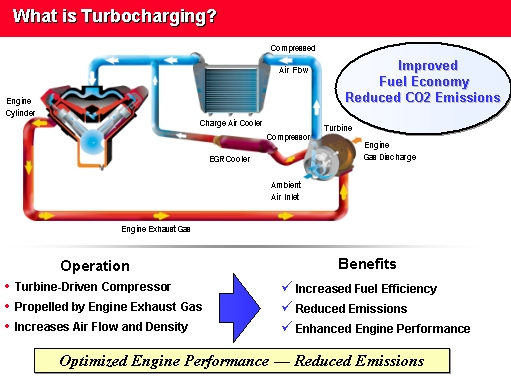![]() | Sam Auto Group | About | 4x4 Vehicles | Accessories |
Executives |
Testimonials |
Mission | Links | Contact |
| Sam Auto Group | About | 4x4 Vehicles | Accessories |
Executives |
Testimonials |
Mission | Links | Contact |
![]()
Toyota Hilux Vigo | Mitsubishi L200 Triton | Nissan Navara | Toyota Fortuner | DMax | Chevy Colorado | Ford Ranger
![]() | Sam Auto Group | About | 4x4 Vehicles | Accessories |
Executives |
Testimonials |
Mission | Links | Contact |
| Sam Auto Group | About | 4x4 Vehicles | Accessories |
Executives |
Testimonials |
Mission | Links | Contact |
![]()
Toyota Hilux Vigo | Mitsubishi L200 Triton | Nissan Navara | Toyota Fortuner | DMax | Chevy Colorado | Ford Ranger
Thailand 4x4 pickup SUV exporter importer of RHD LHD New 2017 and Used Toyota Revo, Toyota Vigo, Toyota Fortuner, L200 Triton, and Nissan Navara
Turbochargers are an integral part of the advanced clean diesel system. They increase the efficiency and performance of a diesel engine and extract more power out of a given engine compared to a non-turbocharged engine.
 The turbocharger consists of a set of two connected fans (or
turbines) that recycle the energy from wasted exhaust gases. In
gasoline engines, it takes 9,000 gallons of air to burn 1 gallon of
fuel. For diesels, it takes 20,000 gallons.
The turbocharger consists of a set of two connected fans (or
turbines) that recycle the energy from wasted exhaust gases. In
gasoline engines, it takes 9,000 gallons of air to burn 1 gallon of
fuel. For diesels, it takes 20,000 gallons.
Satisfying this appetite for air is the turbocharger's job. The turbo, along with common rail fuel injection and direct injection, gives the diesel its phenomenal efficiency by extracting more power from the same size engine.
The power output of any engine is determined in large part by how much air and fuel can be packed into its cylinders: the more air and fuel, the greater the power.
All internal combustion engines are basically air pumps. Fuel is combined with air, then it is ignited, and, in turn, this powers the engine. Air is pulled into the engine when the piston moves down in the cylinder and creates a vacuum. In other words, the weight of the atmosphere "pushes" air into the cylinder.
As air and fuel must combine in very precise ratios, and fuel is pumped into cylinders at high pressures, the limiting factor for power output is how much air the engine can get.
Enter the turbocharger. In addition to the air provided by the weight of the earth's atmosphere (at sea level, this pressure is 14.7 pounds per square-inch), turbochargers blow additional air (between 5-20 lbs. per square inch in additional atmospheric pressure) into the cylinder, thereby increasing power and improving efficiency. Drivers experience this firsthand when they drive through the mountains or high elevations. Less atmosphere equals less power. Turbochargers, in effect, create their own atmosphere.
Turbochargers contribute to the advanced clean diesel system of lower emissions by increasing the efficiency of the combustion process and burning fuel more efficiently (especially under highly variable operating conditions). For this reason, virtually all heavy-duty trucks use turbodiesels.
 |
 |
 |
| Return to our page on Automotive Articles | Return to Index Page | Email us now at thai4x4@gmail.com |
© 2002-2017 :: Sam Automotive Group :: All rights reserved ::
![]() thai4x4@gmail.com ::
thai4x4@gmail.com ::